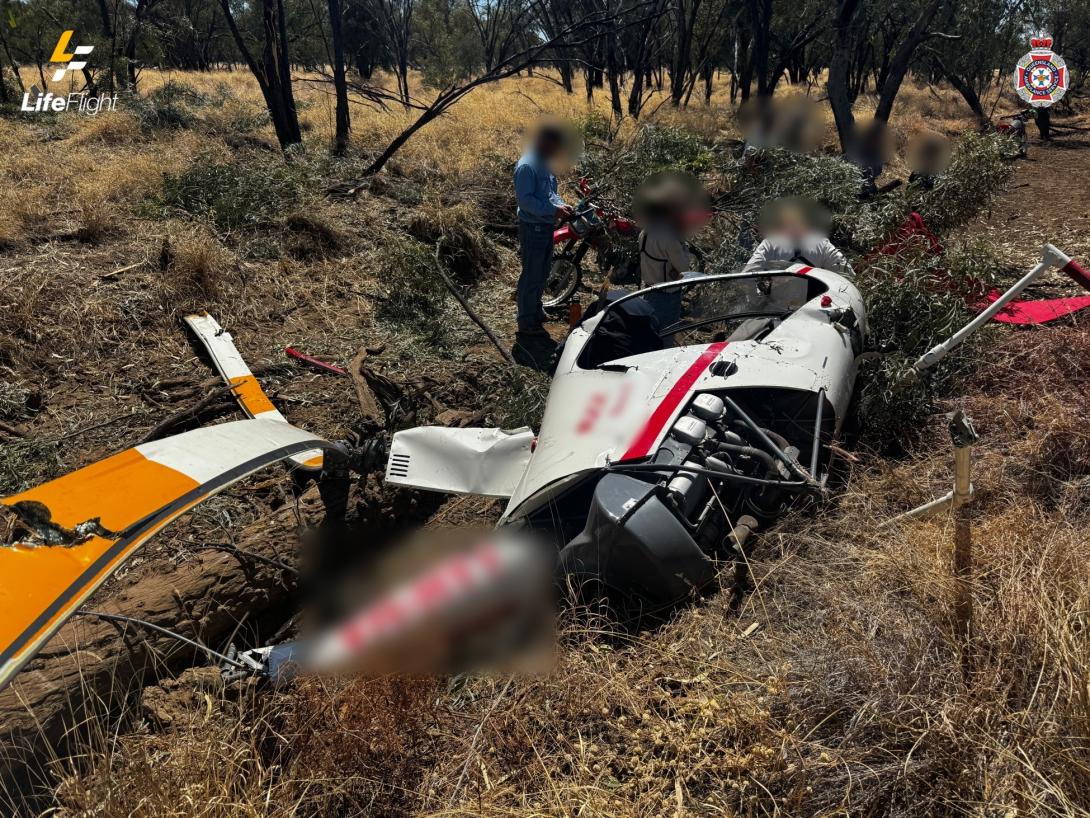ATSB Releases Details on R22 Helicopter Incident near Cloncurry

Image: ATSB
The Australian Transport Safety Bureau (ATSB) has recently released a brief report detailing an incident involving a collision with terrain by an R22 helicopter in Cloncurry, Queensland, which occurred last month. The incident highlights the risks associated with low-level aerial operations.
Incident Overview
On September 6, 2025, at approximately 0625 local time, the pilot of a Robinson R22 helicopter took off from Cloncurry Airport to conduct commercial aerial mustering operations approximately 100 km north of Cloncurry.
By 0830, the pilot spotted a small group of cattle under trees along a dry creek bed. In an effort to relocate the cattle, the pilot turned the aircraft downwind but noticed a decline in altitude during the maneuver.
In an attempt to regain height, the pilot increased engine power while trying to avoid a dead tree estimated to be about 6–8 meters tall. Unfortunately, due to being already at maximum power, there was insufficient altitude gained, leading the helicopter to collide with the tree.
Impact and Aftermath
The tree penetrated the helicopter’s windscreen, causing the aircraft to rotate and subsequently crash onto its left side, leading to the pilot being temporarily rendered unconscious. The helicopter came to rest about 20 meters from the collision site in the creek bed.
Significantly, the helicopter sustained considerable damage, including the tail rotor and horizontal stabilizer, which separated from the main fuselage during impact. Upon regaining consciousness, the pilot freed themselves from the wreckage and contacted nearby ground crew for assistance via two-way radio. Remarkably, the tracking records showed that the pilot made the call approximately 15 minutes post-impact.
The pilot was wearing a helmet that experienced minor damage but suffered serious injuries, including cracked vertebrae, necessitating an airlift to Mt Isa hospital later that day.
Risk Profile in Aerial Mustering
A risk profile conducted by CASA in 2014 highlights the inherent dangers in aerial mustering operations, citing low-level flying, high workload, adverse weather, and various obstacles as key risk factors. Notably, challenges like pilot distraction and small power margins can significantly increase the risks involved in such operations.
For further insights, check the detailed CASA risk profile for the aerial mustering sector here.
Safety Message from ATSB
Aerial mustering operations are conducted in a hazardous environment where aircraft maneuvers occur at low altitudes near obstacles. Pilots are urged to be aware of the risks posed by low rotor RPM and the necessity of maintaining sufficient altitude during operations.
Operators and pilots of Robinson R22 helicopters are strongly encouraged to review safety protocols concerning low rotor RPM and implement corrective measures to avoid hazardous situations.
About the Report
The ATSB decides whether to conduct an investigation based on the potential safety benefits derived from such an inquiry. In this case, no formal investigation was initiated, and the report summarizes the information provided in the initial notification to enhance industry awareness about these safety concerns.
Source: ATSB



